1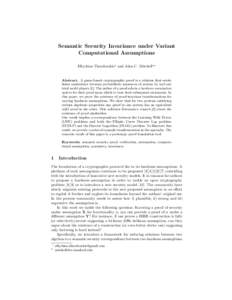 | Add to Reading ListSource URL: eftychis.orgLanguage: English - Date: 2018-02-16 15:03:09
|
|---|
2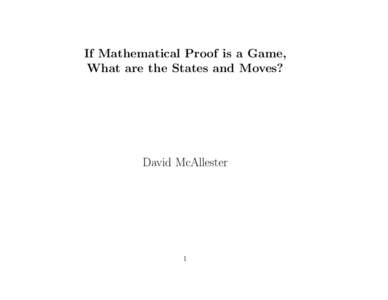 | Add to Reading ListSource URL: cl-informatik.uibk.ac.at- Date: 2018-03-31 16:27:01
|
|---|
3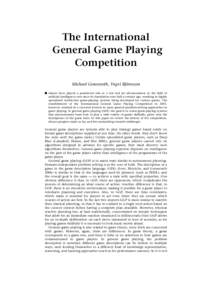 | Add to Reading ListSource URL: ggp.stanford.eduLanguage: English - Date: 2013-09-12 02:44:30
|
|---|
4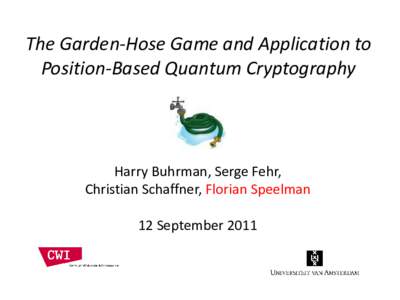 | Add to Reading ListSource URL: www.qcrypt2011.ethz.chLanguage: English - Date: 2011-09-18 10:01:18
|
|---|
5![The purpose of this note is to further generalize the smoothness framework by Roughgarden [7], in order to provide a unified proof for many existing price-of-anarchy results. 1 Bounds on the Price of Anarchy A strategic The purpose of this note is to further generalize the smoothness framework by Roughgarden [7], in order to provide a unified proof for many existing price-of-anarchy results. 1 Bounds on the Price of Anarchy A strategic](https://www.pdfsearch.io/img/015cc7055f029a745696f5a219416f6e.jpg) | Add to Reading ListSource URL: florian-schoppmann.netLanguage: English - Date: 2016-03-04 03:20:15
|
|---|
6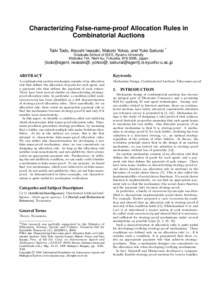 | Add to Reading ListSource URL: agent.inf.kyushu-u.ac.jpLanguage: English - Date: 2016-07-21 01:26:20
|
|---|
7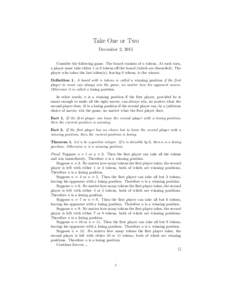 | Add to Reading ListSource URL: math.colorado.eduLanguage: English - Date: 2015-12-04 19:21:56
|
|---|
8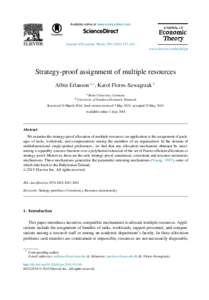 | Add to Reading ListSource URL: erlanson.weebly.comLanguage: English - Date: 2016-05-25 05:22:11
|
|---|
9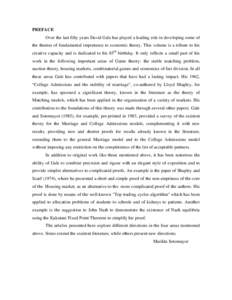 | Add to Reading ListSource URL: gametheorysociety.orgLanguage: English - Date: 2011-10-28 08:32:02
|
|---|
10 | Add to Reading ListSource URL: www1.feb.uva.nlLanguage: English - Date: 2007-10-30 09:26:57
|
|---|